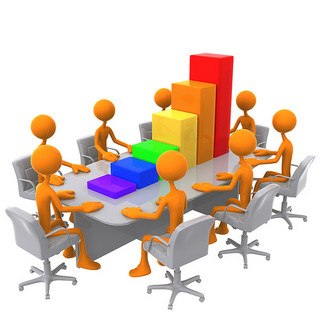
Most of the measurement discussions on this website and in the event marketing industry are about measuring mobile tours, sampling programs, and larger experiential footprints. But what about all the employee events? What about the annual pharmaceutical sales rep meetings or the annual users’ conference? How do we measure these types of events?
The fundamentals you’ll read about on the PortMA blog still hold true.
At the end of the day, it’s always about “Reach,” “Impact,” and “Value.” Only the landscape is different.
Focus on the different types of stakeholders when thinking about your reporting. When working with employee events or user conferences, focus on the stakeholders and what they need to make the right future decisions related to the event.
Let me take you through the basics of these ideas. We’ll expand on them more in later blog posts.
Note that these ideas were first championed by Jack Phillips, Theresa Breining, and Patricia Phillips in their great book, Return On Investment in Meetings and Events: Tools and Techniques to Measure the Success of All Type of Meetings and Events.
I strongly recommend you pick up a copy for yourself.
When Measuring, Start With The End In Mind
The place to start is where you should start any measuring effort. That’s with the end.
Planning for event measuring is fundamentally a process where you first think about the stakeholders to whom you’re accountable (let’s say your boss), and what decisions he or she needs to make in their day-to-day job.
Once you have an idea of the decisions to be made, you can start to focus on what information is needed to make those decisions. This, in turn, clearly defines the data that you’ll need to collect.
What information does the data need to provide?
For example, let’s say your boss needed to decide if the event was the right use of their team’s time, or if they should use that time (and money) differently next year.
The information that they need to make this decision may be… “Did the event change their attitude or behavior in a way that saved time or money?”
The data points you need to provide this information are likely… “What was the team’s behavior when it came to time management before the event?” and “What was the team’s behavior when it comes to time management three weeks after the event?”
The difference between these two pieces of information may very well be just the information your boss needs to make the right decision for the team.
Once you have those decisions clearly defined, you can get the right data collection pieces in place.
Jack Phillips’ Six Levels of Meeting and Event Measurement
To guide your thinking, conventional wisdom suggests that there are six levels of measuring meetings and events. They include the following:
- Inputs/ Indicators: Number of meetings, audience, costs, and efficiency
- Reactions/ Perceived Value: Satisfaction with experience, environment, content, and perceived value of meeting
- Learning: Meeting takeaways, information, knowledge, skills, and contacts
- Application & Implementation: Progress after the meeting; use of information, skills, and contacts
- Consequence: Business impact in terms of improved quality, time savings, evolved services, acquisition, cost savings
- Return-on-Investment: Compares the revenue realized and/ or costs saved to the meeting budget
We’ll discuss each of these levels in subsequent blog posts. But for now, realize that as you move from levels one to six, you are typically moving up in an organization.
Front line staff… the “do-ers” are the ones most interested in measuring levels one and two. It’s the C-level senior managers who are most focused on measuring levels five and six. More to come…
Photo Source: thegoldguys.blogspot.com/
